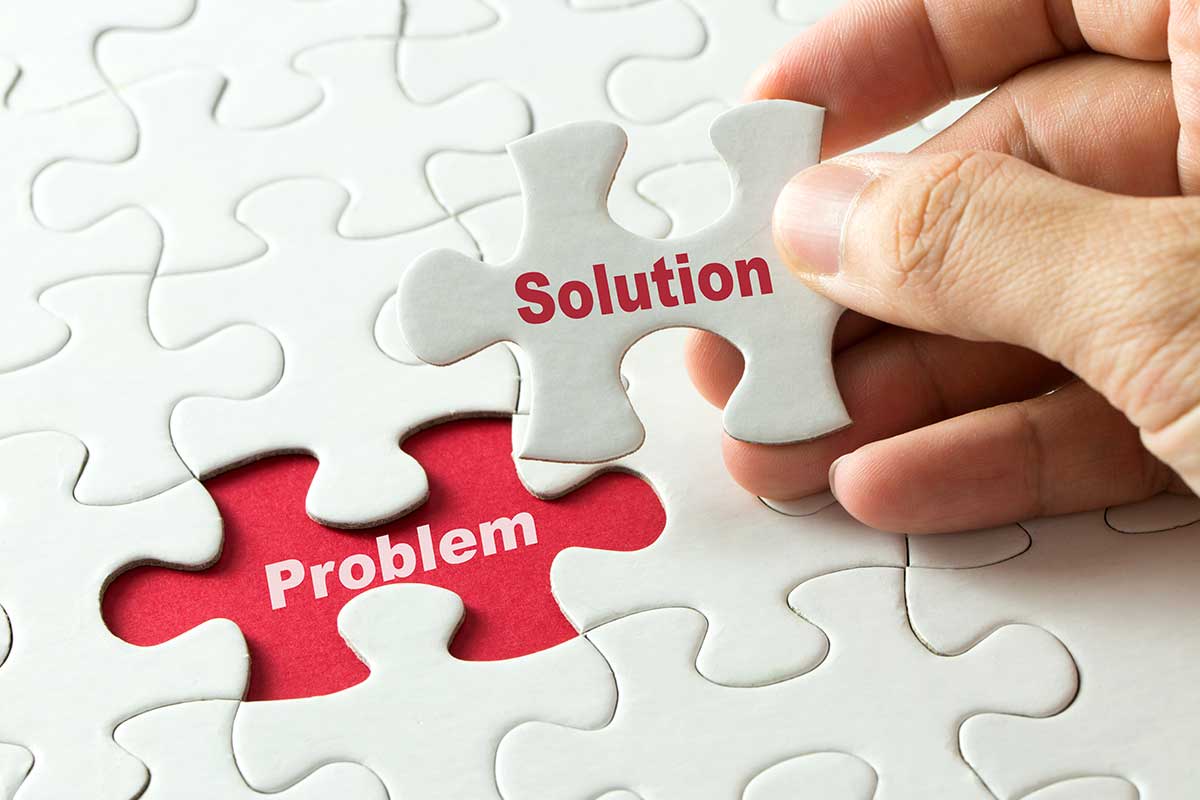Stop Solving the Wrong Problem | Shift Your Problem Lens
Have you ever spent hours trying to fix something, only to realize later that you were working on the wrong thing all along? It’s like rearranging furniture in a house with a cracked foundation. No matter how beautifully you decorate, the real issue remains untouched. In our rush to find solutions, we often skip the most crucial step: clearly identifying the actual problem. We treat symptoms, not root causes. We stay busy, but not effective. In this article delight, we’ll explore 3 strategies to Stop Solving the Wrong Problem and real-life examples of misplaced problem-solving, so that you shift your “problem lens “and focus on what truly needs fixing.
Because the first step to solving a problem—is making sure it’s the right one.
Why We End Up Solving the Wrong Problem
There are several psychological and situational reasons why people jump to solve the wrong problem:
- Cognitive Biases: We tend to fix what’s visible, easy, or urgent—even if it’s not important. This is called the availability heuristic.
- Pressure to Act: Whether it’s at work or home, we feel compelled to do something—fast. Action feels productive, even if it’s misguided.
- Lack of Reflection: We rarely pause long enough to ask, “Is this really the issue?
Real -life examples
Career Frustration: You feel stuck in your job and decide to switch companies. But the real issue? You never clarified your long-term goals or values in the first place. The dissatisfaction follows you.
Parenting: A child is glued to screens all day. The immediate solution? Take away the phone. But the deeper issue may be loneliness, lack of outdoor play options, or inconsistent family bonding.
Relationship Conflict: Couples often argue about small tasks (like doing the dishes). The surface problem is chores, but the root issue is often feeling unappreciated or unheard.
Business Struggles: Sales are down. You invest more in marketing. But the real problem? Poor product-market fit or a bad onboarding experience for customers.
Financial Troubles: You’re in debt and decide to take out another loan to cover the expenses. The immediate solution? Borrow more money. But the deeper issue might be living beyond your means, lack of financial literacy, or poor budgeting habits.
Poor Sleep Quality: You’re waking up tired every morning and decide to buy a new mattress. The immediate solution? Spending on a new bed. But the deeper issue might be poor sleep hygiene, excessive screen time before bed, or stress disrupting your sleep cycle.
The Cost of Solving the Wrong Problem
Solving the wrong problem doesn’t just waste time. It drains your energy, resources, and confidence. You may feel productive in the moment, but over time, you begin to notice that the real issue still lingers, unresolved. This leads to mounting frustration, burnout, and a sense of going in circles. Like mopping the floor while the ceiling still leaks, your effort feels endless, and the progress superficial.
What’s worse is that misdirected solutions can even create new problems. Relationships strain under repeated misunderstandings, businesses lose money on unnecessary fixes, and individuals carry guilt or shame for not “trying hard enough”. When in fact, they were trying hard, but in the wrong direction.
How to Shift Your Problem Lens
So how do you break the cycle? Here are simple but powerful steps to refocus your problem-solving lens:
Define the Desired Outcome
Ask: Start with clarity about where you want to go.
Use the “5 Whys” Technique
Keep asking “Why?” until you reach the root cause. Often, it takes 3–5 levels of digging to get there.
Seek a Fresh Perspective
Talk to someone neutral like a friend, coach or mentor. A second lens often reveals blind spots.
Pause Before Acting
If you’re feeling rushed, take a breath. Solutions that survive a 24-hour pause are usually better aligned with the real issue.
Journal or Mind Map the Problem
Writing slows you down and helps you connect dots you might miss in reactive thinking.
Final Takeaway | Stop Solving the Wrong Problem
Not all effort is equal. Solving the right problem may take longer to diagnose, but it saves you tenfold in the long run. Whether it’s a relationship, a project, a business, or your own habits, make sure you’re not putting a Band-Aid on a bullet wound. So before you fix, pause. Ask the deeper questions. Shift your lens, solve smarter, and aim for solutions that actually stick.
Further insights, The Art of Thinking Clearly by Rolf Dobelli https://amzn.to/4jOQ8pL
Read also, 5 Proven Ways to Upgrade Your Self-Image ! https://thebrightdelights.com/5-proven-ways-to-upgrade-your-self-image/
